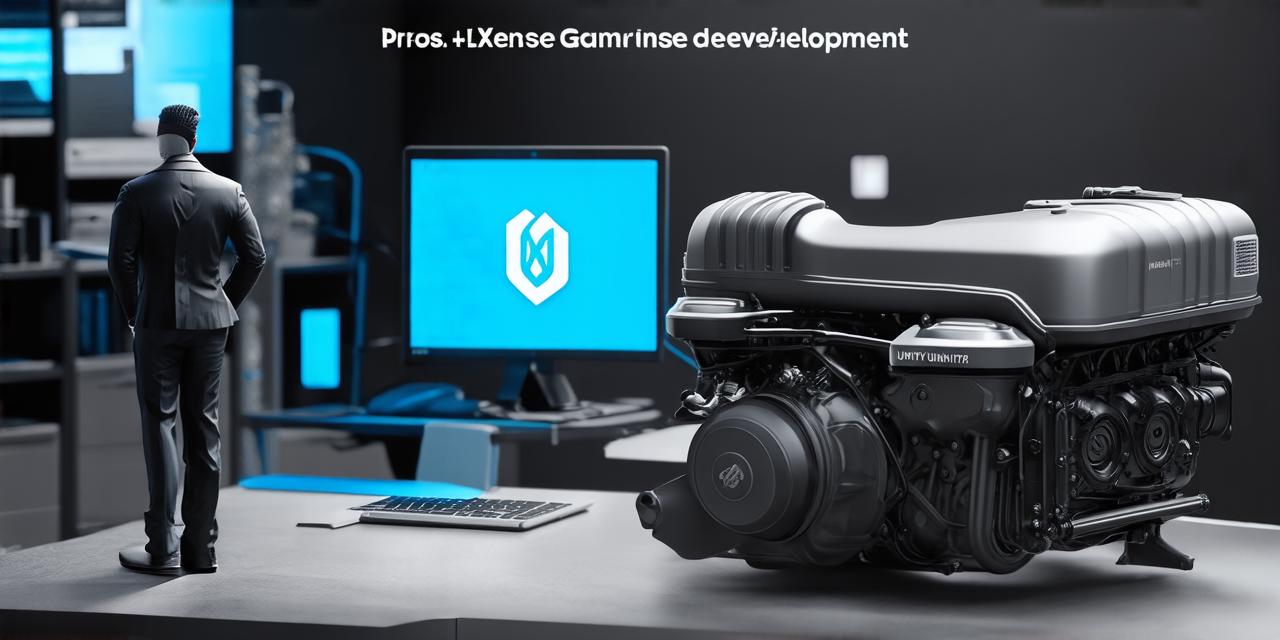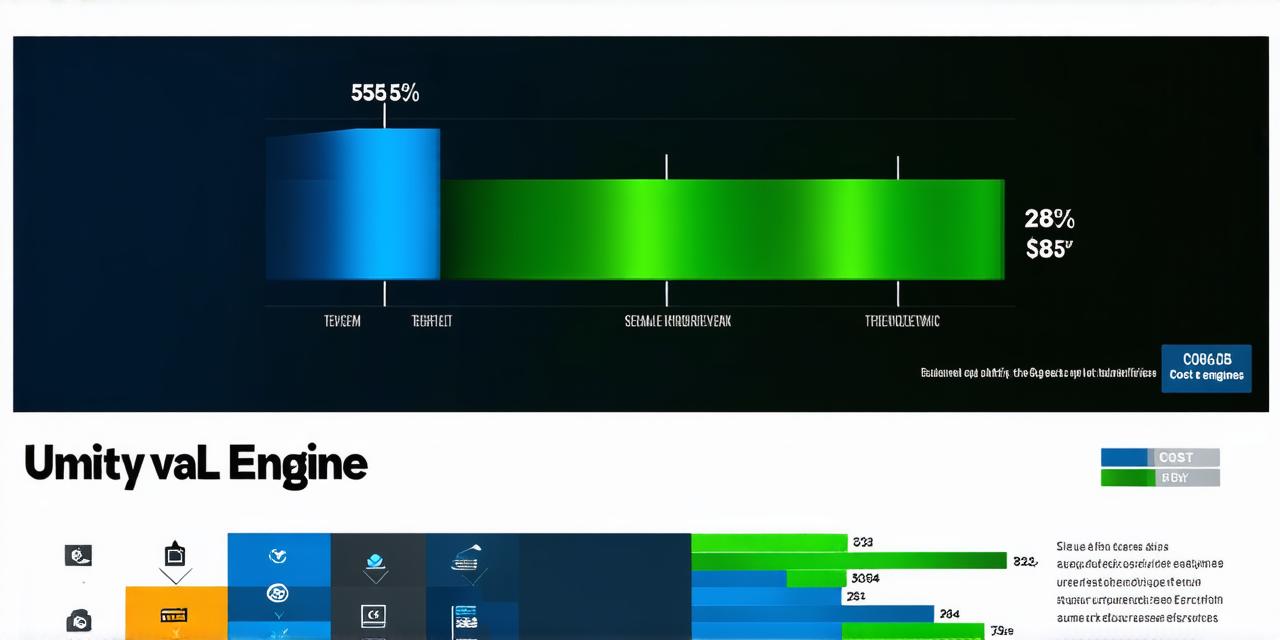Introduction
In recent years, Unity and
Unreal Engine
have emerged as two of the most popular game development engines among 3D artists and developers. Both engines offer a range of features, tools, and capabilities that make them suitable for different types of projects. However, choosing between these two engines can be a challenging task, especially if you are new to game development or 3D design.
In this article, we will explore the key differences between Unity and
Unreal Engine
, with a focus on their features, performance, and suitability for different types of projects. We will also provide insights from experienced developers who have worked with both engines, helping you make an informed decision that suits your needs and goals.
Features and capabilities
Unity and
Unreal Engine
are two powerful game development engines, each with its unique set of features and capabilities. Here’s a brief overview of what sets them apart:
Unity
- Easy to learn and use: Unity has a user-friendly interface that makes it easy for beginners to get started with 3D development. It also offers a wide range of assets, plugins, and tools that can be easily integrated into your projects.
- Cross-platform support: Unity supports multiple platforms, including Windows, Mac, iOS, Android, and consoles. This makes it a versatile choice for developers who want to create games or applications that can run on various devices.
- Large community: Unity has a large and active community of developers, artists, and designers who contribute to its growth and development. This community provides valuable resources, support, and inspiration for creators.
- Asset store: Unity’s asset store offers a vast library of pre-built assets, plugins, and tools that can be easily downloaded and integrated into your projects. This saves time and resources, allowing you to focus on the creative aspects of your work.
Unreal Engine
- High-performance graphics:
Unreal Engine
is known for its high-quality graphics and realistic visual effects. It uses advanced rendering techniques and real-time shaders that allow you to create stunning 3D environments and characters with minimal performance impact.
- Advanced physics and animation tools:
Unreal Engine
offers advanced physics and animation tools that enable you to create complex movements, interactions, and simulations. This makes it a popular choice for developers who want to create realistic and immersive experiences.
- Blueprint visual scripting:
Unreal Engine
‘s blueprint visual scripting system allows you to create complex game logic without writing any code. This makes it easier for artists and designers to collaborate with programmers and speeds up the development process.
- Advanced AI capabilities:
Unreal Engine
has advanced AI capabilities that enable you to create intelligent and interactive characters, NPCs, and AI systems. This makes it a popular choice for developers who want to create complex and engaging gameplay mechanics.
Performance and suitability
When it comes to performance, both Unity and
Unreal Engine
are capable of producing high-quality graphics and smooth gameplay. However, there are some differences in their suitability for different types of projects.

Real-time rendering
Unreal Engine is known for its advanced real-time rendering capabilities, which make it a popular choice for creating immersive and realistic 3D environments. It uses advanced lighting, shadow mapping, and post-processing effects that allow you to create stunning visuals with minimal performance impact. Unity also supports real-time rendering, but it may not be as sophisticated as
Unreal Engine
‘s real-time rendering capabilities.
Large-scale projects
Unreal Engine is often preferred for large-scale projects that require high-performance graphics and advanced features such as AI, physics, and animation. It has the capacity to handle complex simulations and large datasets




